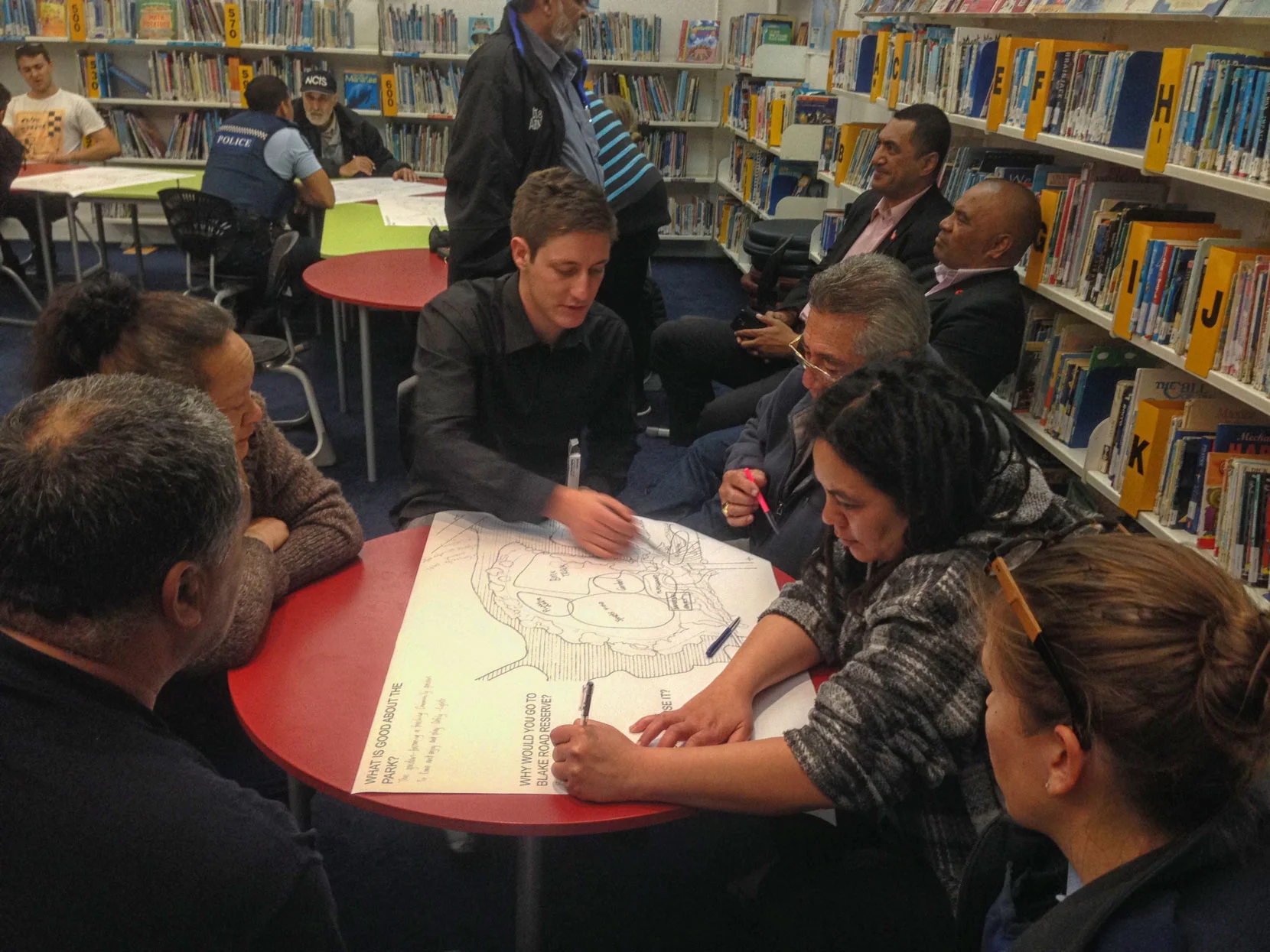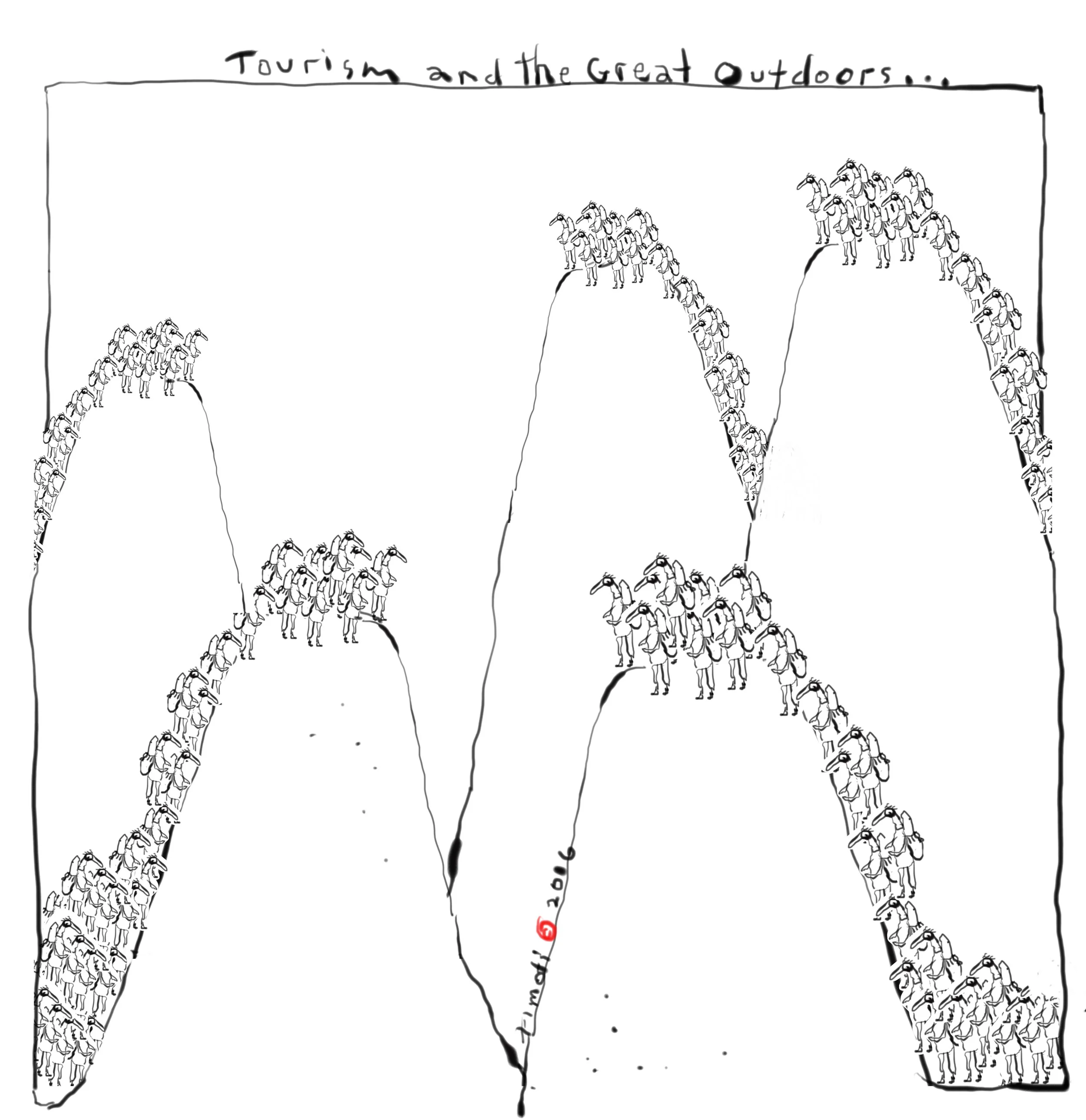Landscape policy in New Zealand is at a critical juncture as the Ministry for the Environment requests quotes for the development of a Code of Practice for Landscape. This paper briefly explores the legislative background that sets the context for the Code proposal. It then responds to the Request for Quotes (RFQ) in relation to bicultural understandings of landscape, and to the dual environmental impacts of climate change and increasing tourism. It suggests that the RFQ’s focus on “outstanding natural landscapes” framed to specifically exclude character and cultural aspects indicates that the Code will perpetuate current practice that compartmentalises “nature” and “culture” rather than addressing their confluence.









